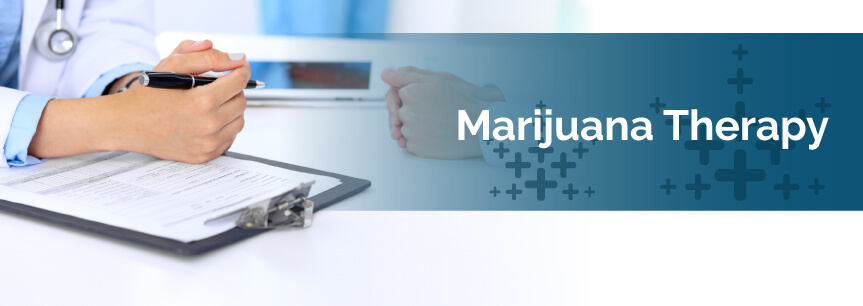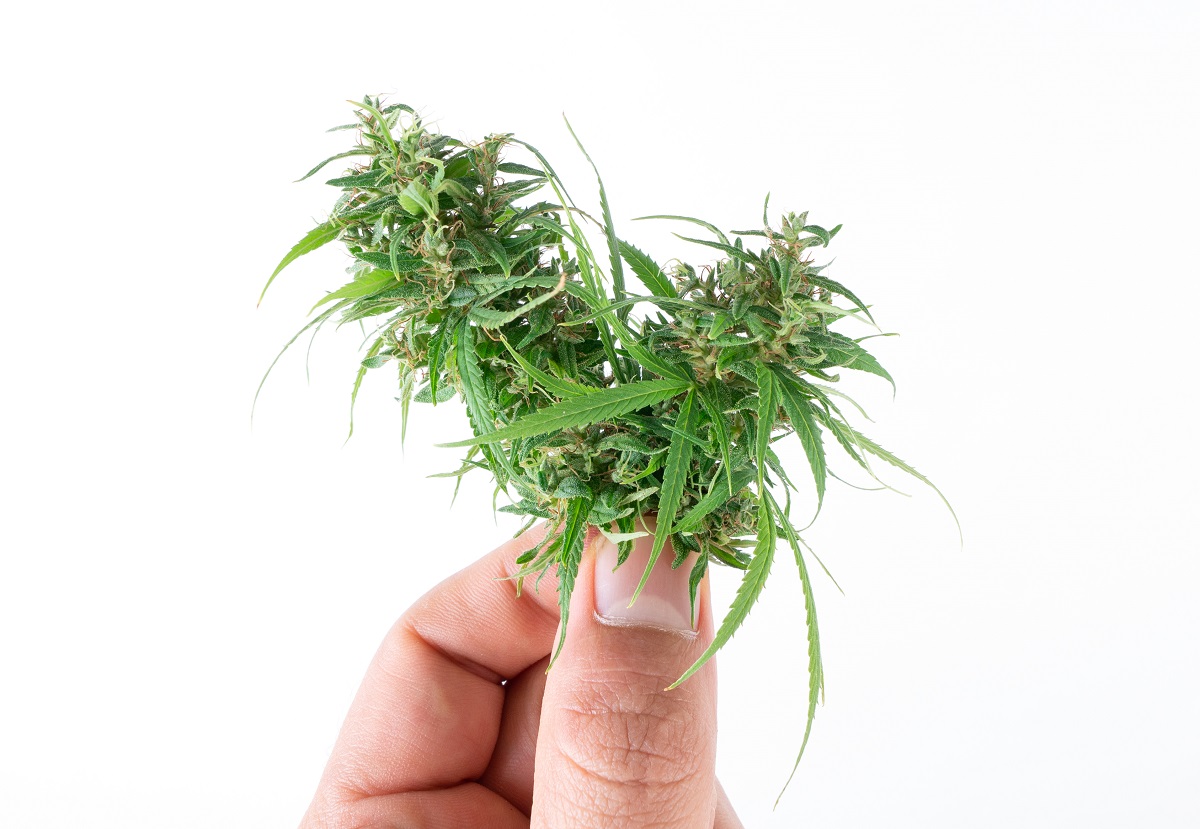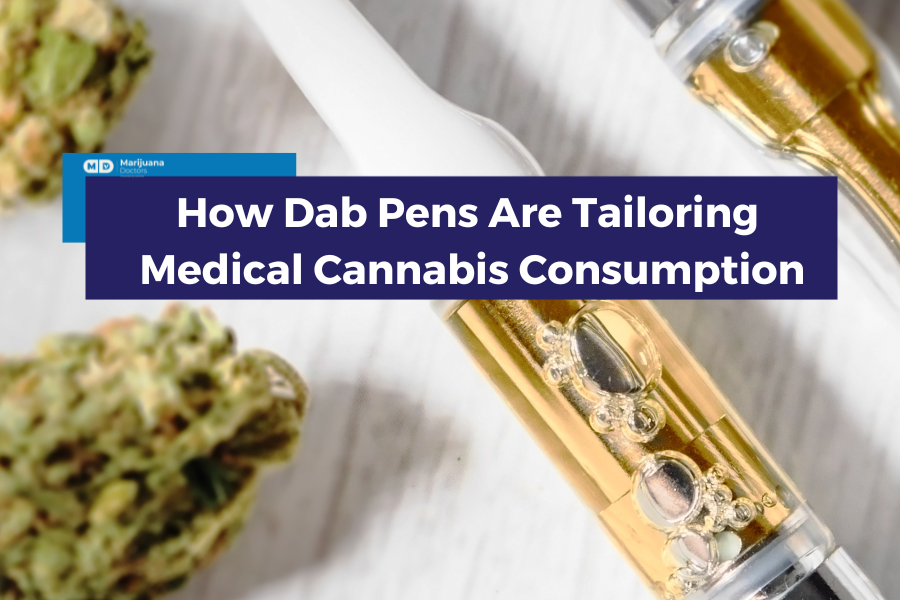For people who still associate marijuana with the 1970s drug subculture in the U.S., it might be hard to imagine cannabis as medicine. The idea of a bunch of middle-aged women sitting around in turbans smoking pot seems a bit surreal. However, for those women who are fighting cancer with chemotherapy and finding relief from the nausea and anxiety with medical marijuana, the idea is not so strange after all.
The first recognized medical use of cannabis in modern history was to ease the suffering in patients who were facing terminal illnesses. The pain of disease or the treatments to fight that disease caused many to experience a humiliating end to their lives or to wish death would come prematurely. Marijuana eased their pain and calmed their anxieties, so their final days could be peaceful.
Today we realize that while medical marijuana may not cure disease, it can relieve debilitating symptoms to improve quality of life. It is especially useful in chronic conditions where muscle spasms or seizures create pain and restrict mobility. Patients suffering with multiple sclerosis or epilepsy find cannabis can give them the freedom to live their lives more fully.
Continuing studies show more uses for medical cannabis and few, if any, side effects. Scientists identified at least 85 compounds in marijuana, called cannabinoids, which have some effect on the body. Their ability to isolate these compounds and breed cannabis plants with a particular chemical makeup allows new medicines to be developed to treat specific conditions.
Cannabis as Medicine
Advances in the cultivation and processing of cannabis moved the industry beyond smoking as the only delivery system for marijuana therapy. Cannabis is considered real medicine, but you won’t find patients sitting around in hospitals toking up. Instead, there are more sophisticated means of tailoring the administration of the healing benefits of cannabis to a patient’s individual needs.
- Smoking: For some people, there are benefits to smoking medical marijuana. It may be a familiar ritual that some people feel comfortable with. The medicine in the marijuana is inhaled and absorbed by the lungs into the bloodstream. With this delivery system, the effects are felt quickly. One downside to smoking is that you lose part of your dose. While you are inhaling the benefits of marijuana, a proportionate amount of your dose is dissipating out the other end of the cigarette.
- Vaporizing: Vaping is the new trend in smoking that isn’t really smoking at all. The product is not burning and producing harmful waste products, and the vapor you are inhaling is not as hot as smoke. Vaporizing can be portable, similar to smoking. It can also be done with a countertop vaporizer that offers rather sophisticated controls of temperature and dose. Like smoking, the effects of vaping marijuana are felt right away.

- Sublingual Sprays: Cannabis is used to make several different kinds of concentrated liquids. These liquids deliver a dose of cannabinoids in one or two drops. The concentrate can be sprayed under the tongue for almost instant affect. This delivery system can be discreet and takes just a second.
- Capsules: The concentrated liquids made from cannabis can be packaged into capsules or gel caps similar to vitamins. The dose of these can be very accurate, and they are easy to take as long as you have no swallowing issues. It can take up to an hour or more for you to feel the effects of your cannabis capsules because they travel through the digestive system before entering the bloodstream.
- Edibles: The medical marijuana industry takes the old pot brownie to new heights of sophistication. Concentrated cannabis products like oils and tinctures can be baked into any shape. Cookies and brownies are available, along with honey and peanut butter infused with medical marijuana. The dose of edible items when they are produced commercially is fairly accurate.
They offer patients a more pleasant way to consume medical cannabis. The cannabinoids travel through the digestive system and enter the bloodstream an hour or more after eating. As they pass through the liver, the dosage may become more concentrated. It is easy to overdo it with edibles, so it is important to start slow and wait for the results.
- Topicals: Cannabis-infused lotions and potions provide a way to deliver the healing feeling directly to the area that hurts. These can be rubbed directly onto the skin, and they have a localized affect. The cannabinoids in topicals work directly with the central nervous system without traveling to the brain. The relief from pain or inflammation comes pretty quickly. There is no sense of euphoria or fogginess from topicals.
- Juices: Raw cannabis can be used in a blender with other ingredients to create a smoothie. Since the cannabis is not heated in this method, you receive all the natural benefits from the plant. Accurate dosing with this method can be a problem, although cannabis flowers and leaves that are cultivated commercially contain a more consistent amount of cannabinoids than the old homegrown variety.
- Tinctures: A tincture is a concentrated liquid form of medical marijuana. It is produced by soaking the cannabis in alcohol or another solvent and then straining it. The active ingredients in the plant are dissolved in the alcohol, and it is then tested for potency. A tincture can be administered under the tongue or added to foods or beverages. Under the tongue it is absorbed right away, but when you add it to food, it goes through the digestive system before taking affect.
There are a number of ways to administer medical marijuana, even if you are not inclined to smoke. Depending on the needed dosage and frequency for your condition, a method of consuming cannabis can fit into your lifestyle. You may carry a small bottle of tincture with you for periodic doses, or you could keep edibles at home in the cupboard for your morning dose.
Patients who find relief with marijuana therapy when they could not get anything else to ease their pain are usually grateful for all the options. When you are hurting, seizing or held back by anxiety, cannabis is the medicine that can set you free.






